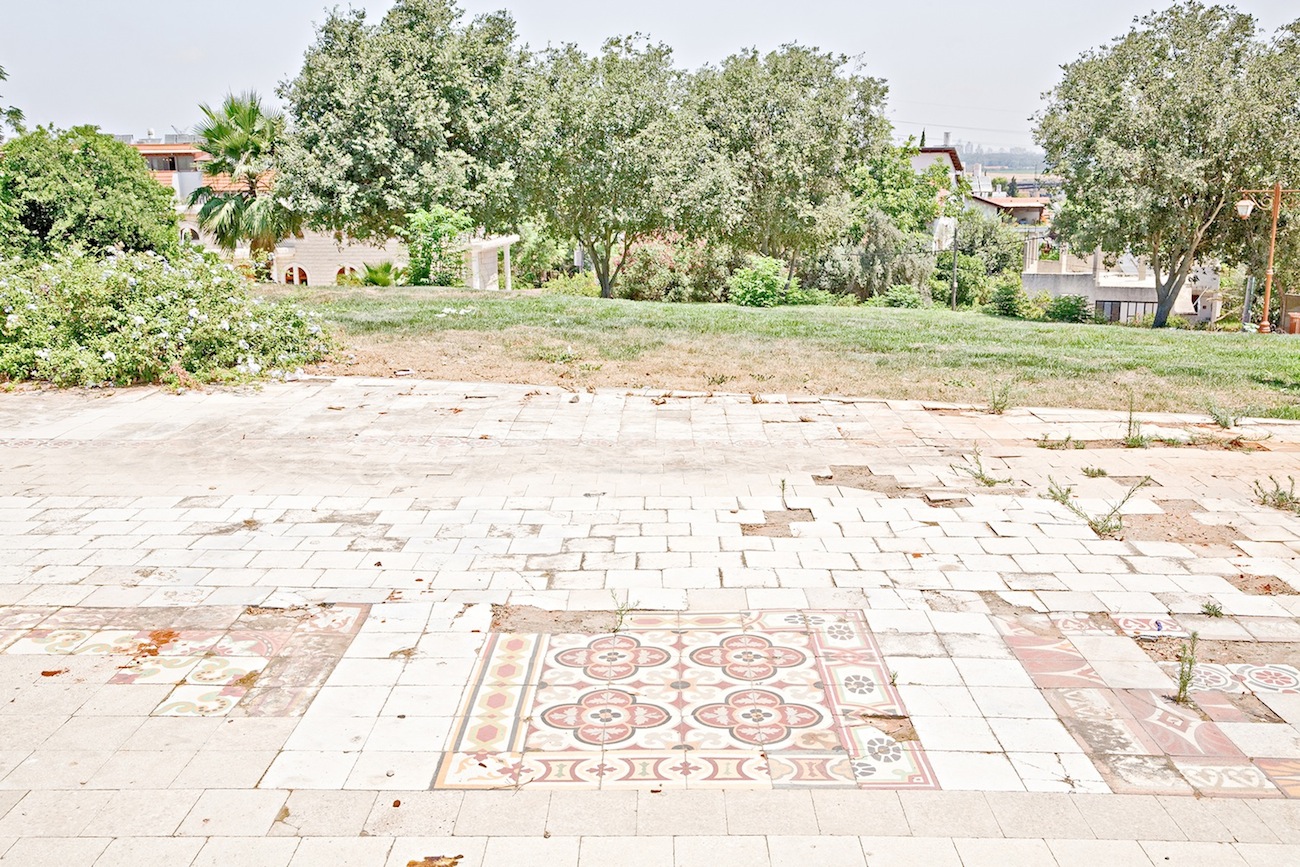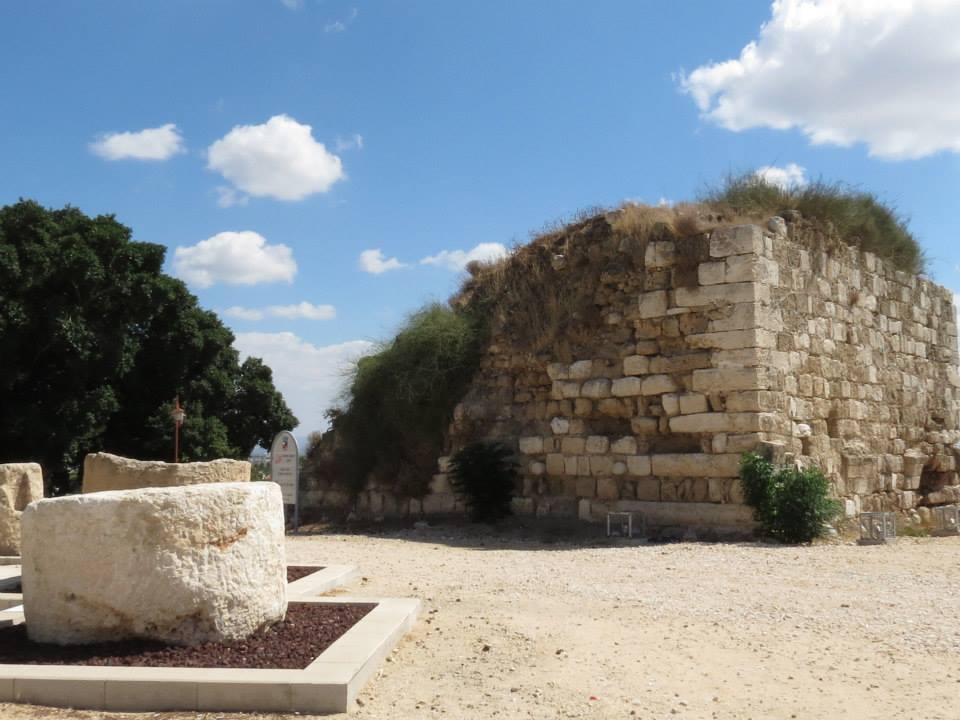Info
District: Jaffa
Population 1948: 4680
Occupation date: 01/05/1948
Occupying unit: Hagana units
Jewish settlements on village/town land before 1948: Mikve Israel
Jewish settlements on village/town land after 1948: Holon Industry Area, Holon East Neighborhoods (Neve Arazim), Mifde Ezrahi, Neot Yehudit, Rasko
Background:
The village was situated on flat terrain on the central coastal plain, linked to Jaffa and al-Ramla by the highway between these two cities, and to Jaffa and Lydda by the railway line running between them. It was located 6 km southeast of Jaffa.
According to Israeli historian Benny Morris, Palmach units had begun destroying houses in Yazur in hit-and-run attacks in January and February 1948. Other sources state that Yazur, located in a vulnerable area outside Tel Aviv, was raided as early as December 1947. The newpaper Filastin reported an attack on 11 December, in which a pick-up truck sped through Yazur, throwing bombs at a coffeehouse and barber shop, without causing casualties.
Palestinian historian 'Arif al-'Arif reports that on 18 December, Zionist troops disguised as British soldiers drove into the village and threw several bombs at the coffehouse, which was located on the main road, killing six villagers. The New York Times reported that five days after this incident, the Jewish Agency demanded that a curfew be imposed by the British authorities on Yazur and other Arab “trouble spots”. Then, on 30 December, Filastin reported that a Zionist raiding party in the process of mining a number of houses in Yazur was discovered by a patrol of villagers and driven away. The paper wrote of two other raids during the following month, on 8 and 30 January. The second raid, in which an elderly man died under the rubble of a demolished house, was carried out by attackers from the settlement of Moledet. On 22 January, the New York Times reported, a Jewish convoy was attacked near the village, and half an hour later, a truckload of workers from Yazur was ambushed; three villagers were killed and 12 were wounded.
The following month, on 12 February, a mortar and machine-gun attack was unleashed against Yazur and the nearby Jaffa suburb of Abu Kabir. The attack started just before midnight and went until dawn. Five people were reported wounded in Yazur and seven houses destroyed in the two communities, according to the New York Times. Filastin called it the most violent attack on Yazur to date and said that one person was killed and three houses blown up. Another major raid occurred at dawn on 20 February, when a Zionist force advanced on the village from the west and north under mortar fire. Using tanks and armored vehicles, the attackers destroyed an ice factory and two houses, killing one villagers and wounding four. The forays continued on an almost weekly basis until the village was occupied.
More than one account states that the village fell on 30 April 1948, when Operation Chametz overran the villaes around Jaffa and encircled the city. Records kept by Arab Liberation Army commander Fawzi al-Qawuqji indicate that the ALA made an attempt to block the offensive by sending a unit with two field guns to Yazur to shell Tel Aviv, thus relieving the pressure on Jaffa. But the unit withdrew on 28 April to participate in another battle and Yazur fell shortly afterwards, along with a number of villages in the area. Morris writes that the village fell on 1 May, and that the British authorities initially expressed opposition to the occupation. They warned the Haganah that they would shell their positions in Yazur, which was on a major thouroughfare, if it was not evacuated by 5 May. However, a compromise was soon reached whereby the Haganah handed over to the British the houses overlooking the road, while the Haganah continued to occupy the rest. The British withdrew from Palestine two weeks later and by July, Yazur was being used as Israeli military headquarters in Operation Dani. By occupying Yazur, the New York Times reported, the Haganah had seized “one of the two last remaining strongholds in the district”, and was therefore “in a position to dictate rather than listen.”
Miqwe Israel was established in 1870 on what were traditionally village lands. The settlement of Azor, established in 1948 on village lands, is now part of an industrial region linked to Tel Aviv. Both settlements are abutted by the suburbs of Cholon.
Two shrines still remain standing in the village. One is made of stone and its roof is topped with a dozen domes clustered around a more prominent dome at the center. A number of other structures and houses are also still intact; some are utilized, while others are vacant. One house, occupied by a Jewish family, is a two-storey concrete unit that has a rectangular door and a modified gabled roof. Two other two-storey, concrete building are deserted. Finnaly, two small structures have been converted into commercial buildings; one as an Israeli clothing store and the other houses a printing shop and a pipe repair and installment business. The site contains modern apaertment blocks. Cypress, fig, and sycamore trees and cactuses grow on it, and the land around it is cultivated by Israeli.



